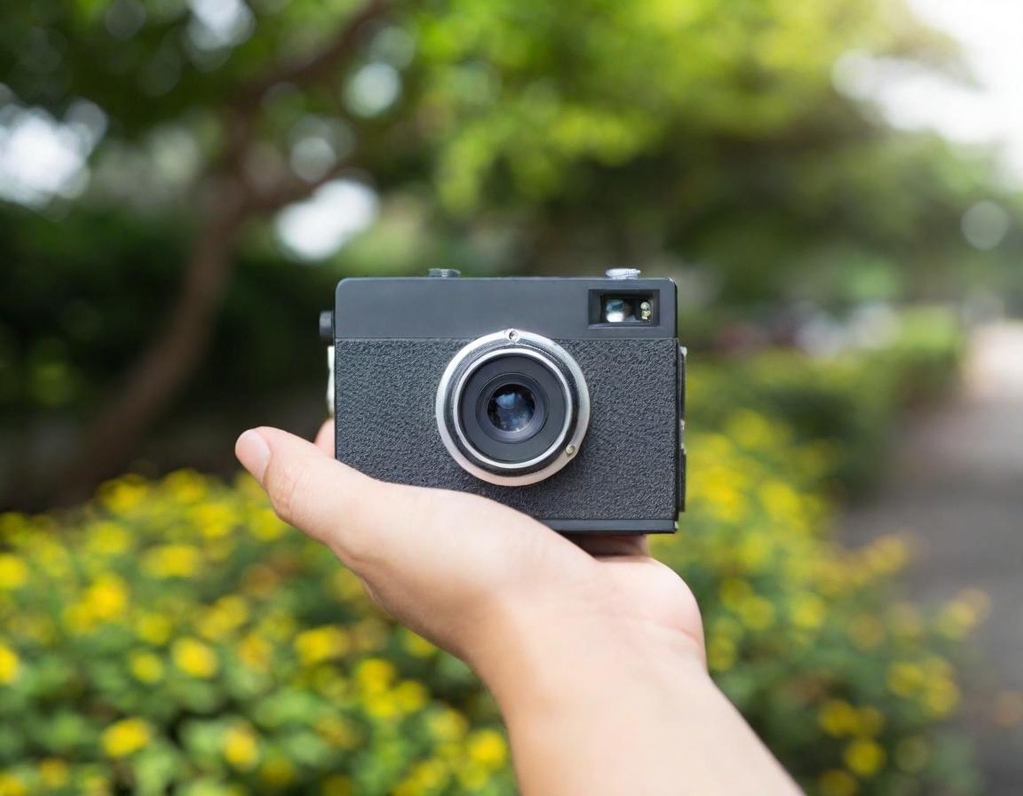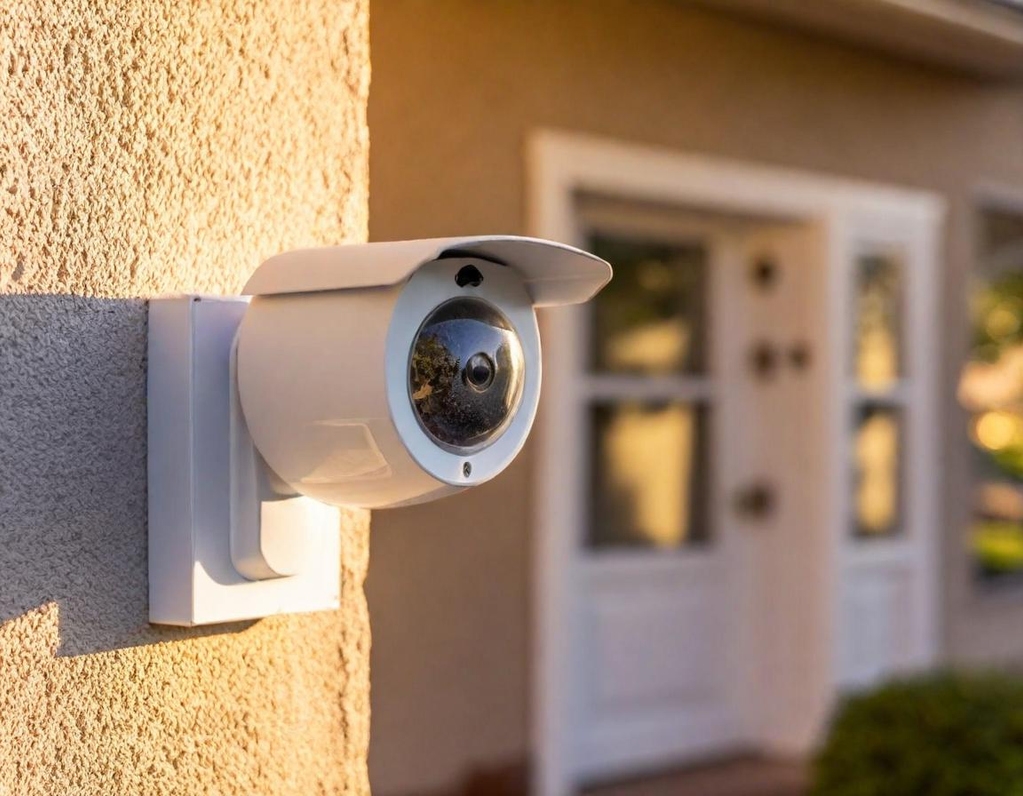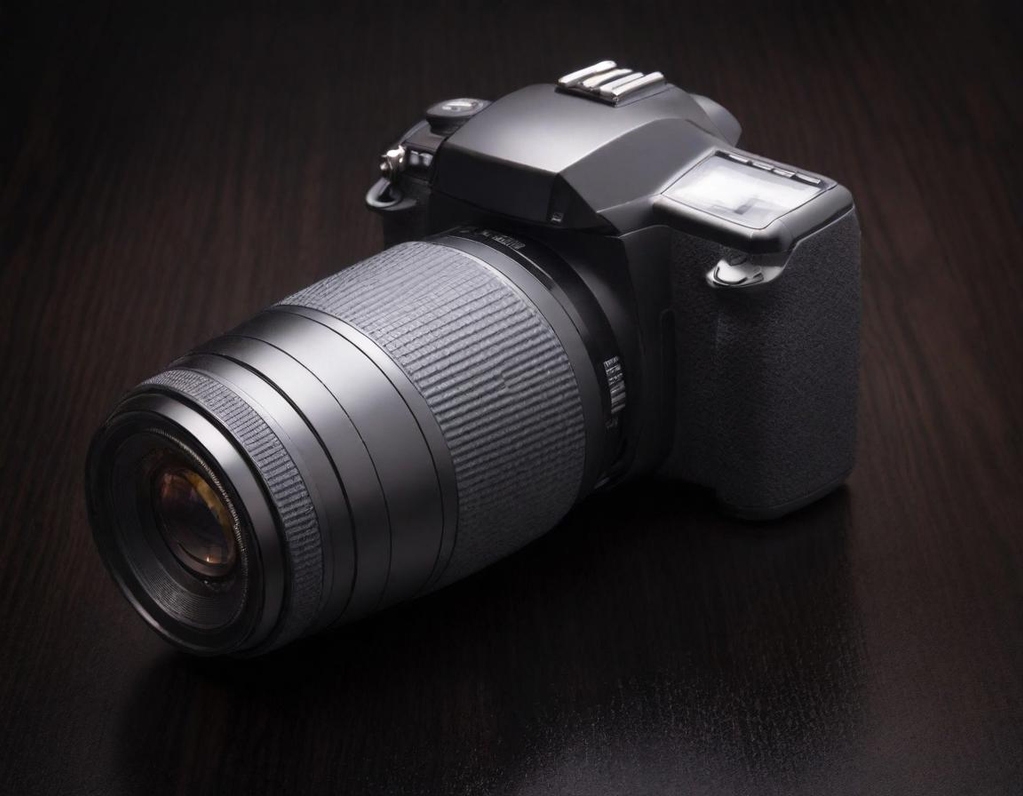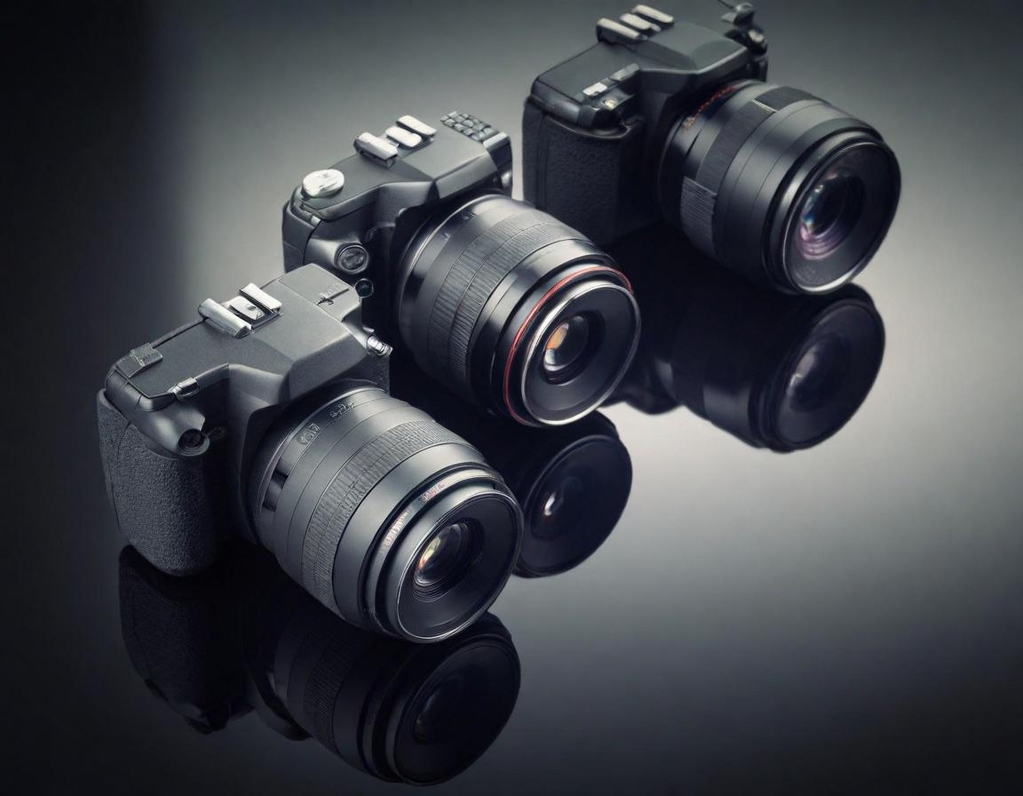Is the Sony A7 the Best Entry-Level Full-Frame Camera
Last Updated On:

Sony is one of the most reputable companies that engage in producing cameras that are feature-rich and reliable for photographers of all levels. Its most successful product is the Sony A7 III, which shifted the expectations of an entry-level full-frame mirrorless camera.
Compact and powerful, the A7 III incorporated the benefits of full-frame photography—high-quality imaging, shallow depth of field and strong low-light performance —in a body designed to be easily accessible. It remains to be considered as one of the best cameras, especially among those persons who enter into the world of full-frame models.
In this review, let’s discuss its features, performance, and pros and cons as well as user opinion to help them determine whether to buy the Sony A7 III in 2025.
Key Specifications of the Sony A7 III
Feature
Specification
Sensor
24.3MP full-frame Exmor CMOS sensor
Processor
BIONZ X image processor
Autofocus
Fast Hybrid AF with 117 phase-detection & 25 contrast-detection points
Viewfinder
2.4M-dot OLED electronic viewfinder
Display
3.0-inch tiltable LCD screen
Video
Full HD 1080p at 60fps
Connectivity
Wi-Fi & NFC
Build
Magnesium alloy body, dust & moisture resistant
Quality and Performance of Image
Shhh, This 24MP sensor provides high quality with sharp and detailed images when combined with quality lenses.
Dynamic Range: A good dynamic range enables the photographers to explore the shadow and the highlights in the photograph.
Low-Light Performance: It is capable of capturing very usable images at least to ISO 6400 without noise getting out of control.
Autofocus: The autofocus system is hybrid, taking around 30 minutes to effectively and reliably focus on most things, but it can be quite slow and unreliable in dark environments and with moving subjects.
4K: No 4K video capture or advanced colour profiles or slow-motion options. Good for amateurs but not perfect for professionals.
Design, handling and Ergonomics
Dimensions and weight: The grip could be small in the hands of people with large hands, but it is compact and lightweight.
Interface: The menu system is comprehensive, but we find it somewhat less user-friendly than those for newer Sony cameras.
Viewfinder and LCD: The EVF is clear and vivid and the OLED LCD is tilted to offer more creative positioning.
Battery Life: SigEp battery life is low and often requires additional batteries for staying in the field longer (a few hundred shots per charge).
Pros & Cons:
Pros:
An accessible price point for full-frame cameras
Excellent still imaging results
Wide E-mount compatibility (Sony and third parties)
Compact and convenient travel design
Cons:
Does not have in-body image stabilisation (IBIS)
Slow start-up time
Few video functions in comparison to new competitors
Who is the Sony A7 III for in 2025?
Hobbyists: Ideal for individuals looking to get into the full-frame world without the need to invest a lot of money.
Cost-Constrained Consumers: This product provides good value, especially when combined with Sony's growing lens line-up.
First timers:An excellent introductory full-frame camera, although more experienced users may be better served by the A7 III (later revision) or A7 IV due to the latter two's enhanced video, superior autofocus speeds, and dual slots.
What Users Say Wearing a small backing of its own archives, the department identified five key priorities:
Amazon reviews India:
Although it is being touted as a basic model, the A7 III is an extremely competent full-frame camera. Excellent feature, price and quality balance.”
There has been progress in nearly every department compared to the predecessor. Ideal in wedding and event-based as well as generalist photography.”
The camera boasts a deep dynamic range, fast autofocus with eyes, and produces high-quality photos and videos. The power bank charges efficiently, and its battery backup is also satisfactory.
International Reviews:
The image quality is good, but the kit lens is average. The device is slim and light, and it performs well in low light conditions as well. The battery dies quicker relative to visiting this website on DSLRs.”
Kayla Celenza: “As a content creator, it is amazing quality. Frequently, as people photograph and move on, they wonder what kind of camera I have. It is money for two.
Enhanced Sony A7 III:
Resolution of 24.2MP BSI and BIONZ X Processor: Allows rapid data readout and impressive low-light capability, as well as up to 15 stops of dynamic range.
High-Speed Shooting: The rate is up to 10fps with all AF/AE tracking.
5-Axis In-Body Stabilisation (on newer A7 III models): Helps with shooting at slower shutter speeds, handheld.
Dual SD Card Slots: Flexible storage and backups.
4K HDR Recording: A later generation of the A7 III supports 4K HDR, making its debut with the original A7 to grasp more detail and colour reproduction.
Conclusion
The Sony A7 III is one of the most convincing entry-level full-frame cameras even by the year 2025. With a 24MP sensor, good image quality and a dynamic range, it offers excellent price-performance to hobbyists and amateur photographers. It is inferior in terms of video-related features and misses on-body stabilisation in the first model; nevertheless, it remains a breakthrough in the development of mirrorless technology.
The Sony A7 III is one of the best cameras available in the market that allows one to access full-frame photography without having to dig deep into their pockets.
You may also like
Top Mini Cameras for Vlogging: High-Quality Videos on the Go
Large-scale DSLR cameras are no longer needed to capture typical shots; most compact cameras can now give the benefit of cinema-quality video and can be placed in a pocket. When choosing the most suitable mini-vlogging camera for an amateur, the factors to consider include stability, sensor size, ease of use, and battery life.
Best CCTV Cameras for Home: Tapo, HIKVISION & CP Plus Comparison
The six leading CCTV cameras listed below are poised to provide better safety and improved surveillance in 2025. Locks and simple alarms are no longer sufficient for home security. A smartphone is now a portable surveillance device with mobile-linked CCTV systems.
Sony ZV-1F Camera Review: Why This DSLR-Like Camera Is Perfect for Creators
The Sony ZV-1F is still one of the most popular models in the brand and therefore an excellent option to pick one of the best DSLR-like cameras to create the content.
Sony Alpha 1 Review — Performance, Features, and Image Tests Explained
The Sony Alpha 1 is considered one of the best mirrorless cameras; with its uncompromising quality, it is exceptionally fast, and with the sophisticated features that it possesses, it is the best choice for professional photographers.



